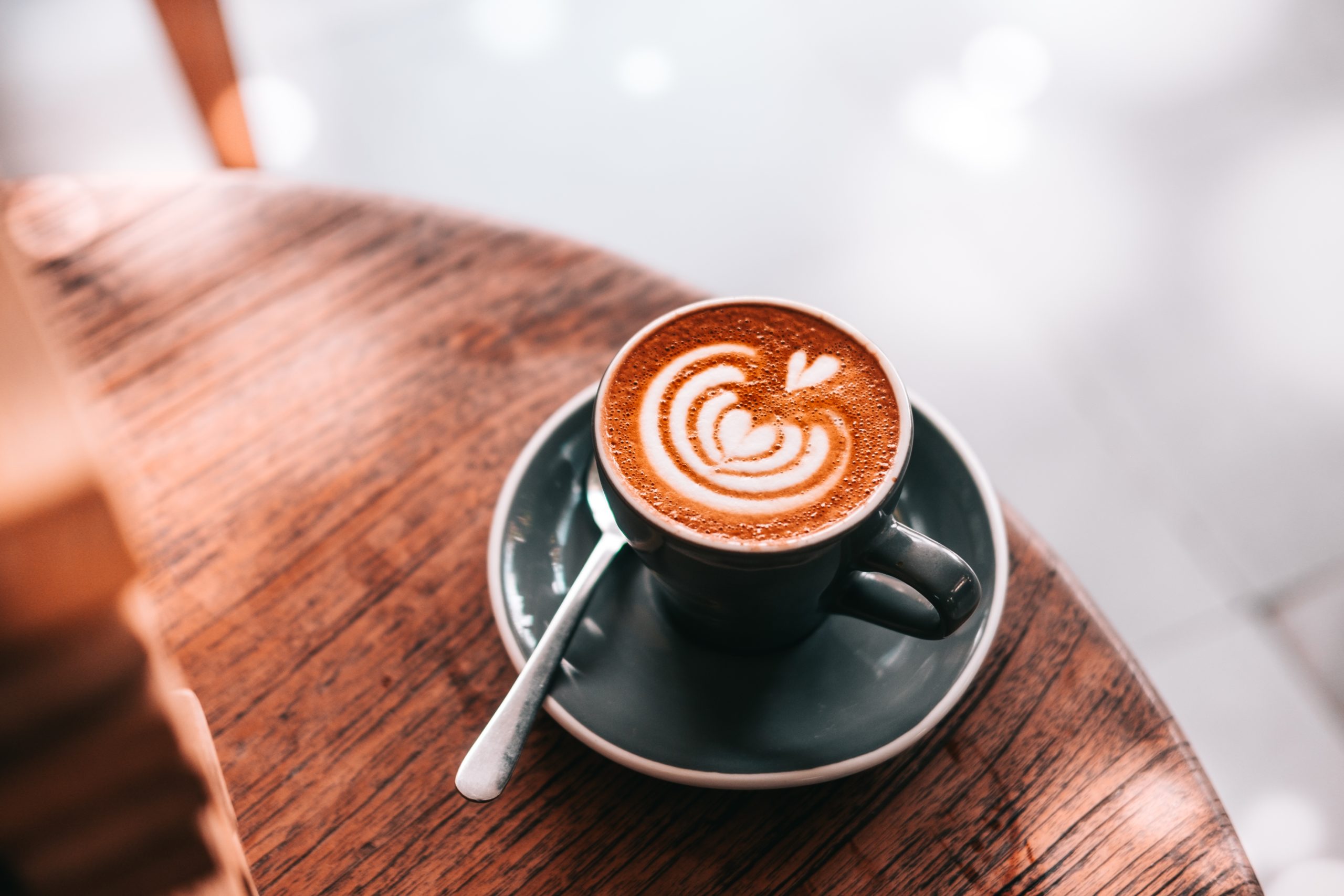From the mid-17th century, coffee was increasingly popular in the Western World. Various European powers had tried to grow coffee without any success due to the specific growing conditions required for the plants to thrive. However the Dutch had led the way in mass production by introducing the crop to their colony in Java (Indonesia) where warm and humid conditions coupled with the high altitude were an ideal growing environment.
Gabriel-Mathieu de Clieu was born in Normandy, France in 1688. He joined the navy and by 1720 he was appointed Captain of Infantry. He was stationed on the Caribbean island of Martinique and being well aware of the commercial success that the Dutch were having he decided to bring coffee production to Martinique in the name of France.
Whilst on leave in Paris in 1723, his first task was to obtain a coffee plant, which was actually very difficult as the only coffee plants in France at that time were under the guarded care of the King's botanist. He overcame this problem by seducing a lady of the court who in turn used her charms on the royal physician. He 'acquired' a small coffee seedling for de Clieu.
In preparation for the voyage of his precious cargo, Gabriel de Clieu designed and made a small glass box to house the plant on the ship's deck. This would protect it from the salt spray and the elements but still keep it warm and allow the sun rays to penetrate.
His journal tells of an eventful journey, with the ship being threatened by pirates from Tunis, a violent storm and then a long period when the ship was becalmed and water was rationed. Captain de Clieu shared his meagre water rations with the coffee plant for over a month.
Perhaps worst of all was a passenger on board (believed to be Dutch), who jealous of the mission, attempted to sabotage the plant and even tore off a branch in a vicious attack.
Captain de Clieu lovingly tended the plant throughout the arduous months on board and eventually they arrived safely on Martinique. Due to the fear of theft de Clieu located his precious plant within view on his estate, surrounded by thorn bushes and guarded round the clock by slaves until it reached maturity.
The first harvest was a great success. Soon after, a terrible cyclone uprooted all the islands cocoa trees, closely followed by an earthquake in 1727 which submerged the land and destroyed the native people main source of income. The coffee crop took the place of the cocoa trees and began to thrive. In fact just 50 years later the one little seedling imported by de Clieu had produced 18,791,680 coffee plants in Martinique alone!
Coffee plantations were being introduced throughout the islands of the caribbean and at some point the brazilian government sent a spy to steal a plant from the french. From this act grew the World's largest coffee empire.
It may be a little romantic to believe that most of the World's coffee is descended from de Clieu's little seedling but his endeavors cannot be underestimated. Captain Gabriel de Clieu died in Paris in 1774, aged 88. He was eventually honored with a memorial but never received any financial reward for his efforts and died in poverty.

